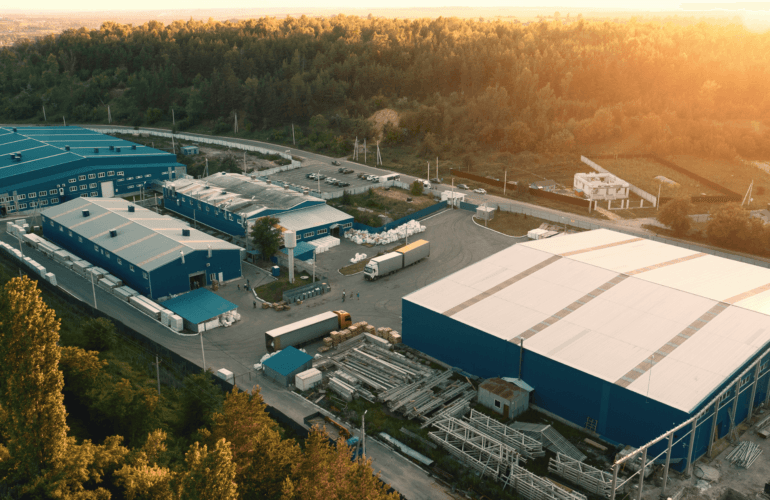For businesses looking to increase efficiency, reduce costs and improve safety, introducing automation makes a lot of sense. But, a key question for many surrounds the return on investment (ROI). In other words, how long will it take for the benefits to outweigh the initial costs?
In this blog, we’ll explore the concept of ROI in automation, look at how quickly businesses can expect to see a return and compare the cost of investing in machinery to the cost of traditional employment.
What is return on investment (ROI) in automation?
Return on investment measures the profitability of an investment and is calculated by dividing the net benefits of the investment by the total costs involved. In the case of automation, this means comparing the value that the machinery has generated in terms of increased productivity or financial savings with the purchase, installation and operating costs.
How quickly will you see a ROI?
The time it takes to see a ROI depends on a number of factors, not least the cost of the installation and how efficiently it is installed; complex systems will have a higher purchase and installation price. Also highly relevant is the system being replaced, is it older machinery or manual labour? Facilities that replace human operatives with automated systems often see a much faster ROI due to the substantial increases in production speed and cost savings. For other operations, companies can expect to see a ROI within 1-3 years.
At PALpack, our machines are priced to be very competitive and deliver a high level of return, not only in terms of production speed and repeatability but also the health and safety benefits that come from replacing manual lifting with machinery. Many of our customers are surprised at the returns they can get for a minimal level of investment – and how quickly that investment pays off.
Comparing machinery to employment
When evaluating the potential ROI of automation, one common comparison is between the cost of the machinery and the cost of employing human labour to do the same job, especially in facilities with limited automation in place already.
| Factor | Machinery | Employment |
| Initial Investment | Cost dependent on complexity of machinery. | Low to moderate costs, mainly around recruitment and training |
| Ongoing Costs | Low, mainly maintenance and energy. Newer systems often use less energy. | Can be high; as well as salaries and benefits, there is the cost of replacing staff when they leave. |
| Productivity | Consistently high due to 24/7 operation and consistent speed. | Variable because humans take breaks, get ill and can make mistakes. |
| Health & Safety | Low risk of repetitive strain and musculoskeletal injuries. | Higher risk of injuries linked to manual handling and fatigue. Chronic back injuries can mean insurance claims ranging up to £196,450 (Accident Claims Advice). |
| Repeatability | High consistency of quality and speed. | Subject to human error and variations. |
| Training & Skill Upgrades | Introductory training required. | Continuous training and skills development needed. |
Although traditional employment may have a lower initial investment, the ongoing costs can mount up. Human operators also introduce greater uncertainty with the potential for mistakes, delays and other forms of downtime.
Robotic equipment brings consistency as well as the potential to scale operations quickly, without having to recruit or pay overtime.
Automation and ROI in other countries
According to the latest IFR report, investment in automation continues to rise, helping manufacturers enhance productivity and efficiency, and remain competitive on a global scale. Countries such as Germany, the USA and increasingly India have invested heavily in robotics, especially in the automotive industry, recognising the ROI and how it can enhance their operations.
In the UK, the uptake has traditionally been lower, but this is gradually changing. More businesses are starting to alter their thinking and question ‘when’ rather than ‘if’ they’ll invest in automation and realise the benefits it brings.
At PALpack, we understand the importance of ROI in the decision-making process and we’ll work with you to find machines that offer not just competitive pricing but also long-term value. Contact us to arrange a call.




